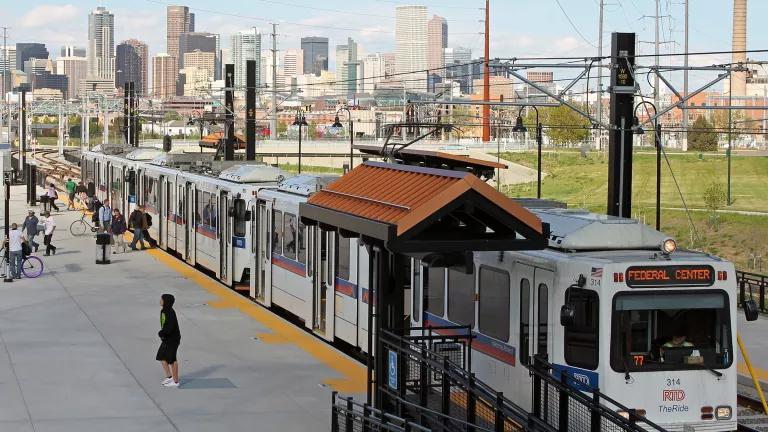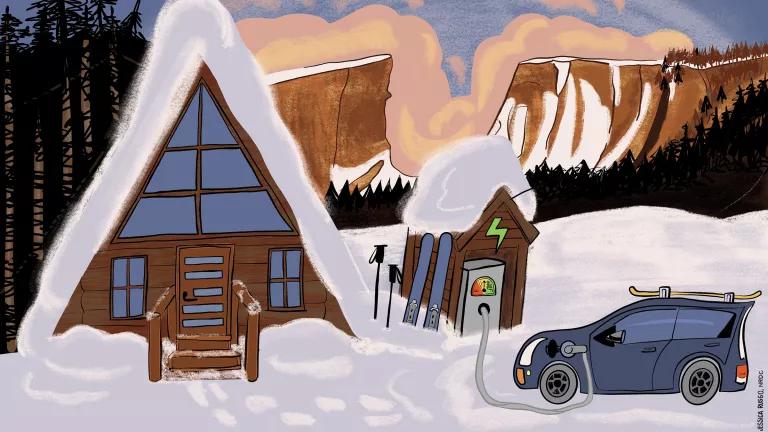Illinois Sees Widespread Benefits from Electrifying Vehicles
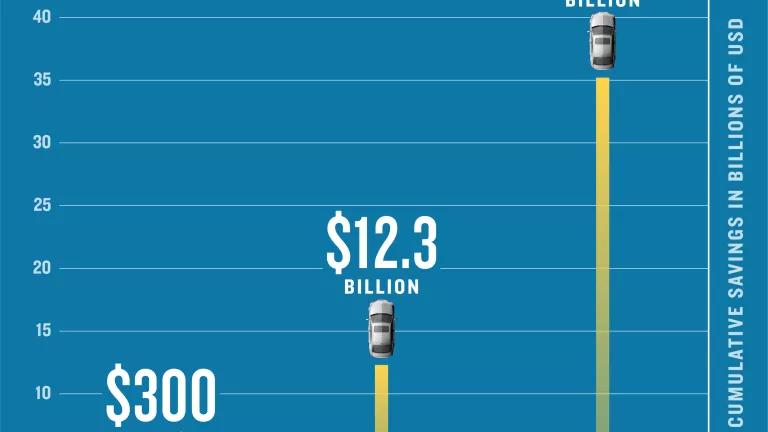
Illinois stands to gain billions in driver, grid, and environmental benefits from widespread electric vehicle (EV) adoption, according to a new MJ Bradley & Associates (MJB&A) report commissioned by the Natural Resources Defense Council and Sierra Club. With the state’s grid modernization proceeding—NextGrid—now underway, Illinois has the opportunity to accelerate the transformation of the power and transportation sectors to the benefit of all Illinoisans.
Today, the percentage of EVs on Illinois’s roads may look like a rounding error: just 0.12 percent of the state’s 10+ million light duty vehicles use electricity as fuel. Illinois has formally recognized that electric vehicles can provide a range of benefits to the state in the Electric Vehicle Act of 2011. On today’s grid, EVs emit about 70 percent less greenhouse gas (GHG) emissions than their gasoline counterparts in Illinois, slash ozone-forming NOx tailpipe emissions, reduce dependence on petroleum fuels, and allow for more efficient use of the electric grid. But efforts to accelerate the EV market in the state have dissipated in recent years.
The MJB&A analysis provides a much needed look at how EVs can create widespread benefits for Illinois residents—regardless of whether they “drive electric.” The report uses EV penetration forecasts from the Midcontinent Independent System Operator (MISO) and Bloomberg New Energy Finance (BNEF) and extrapolates the EV benefits generated from 2030 to 2050. Under the higher penetration BNEF scenario, MJB&A estimates that by 2050:
- The number of EVs in Illinois is expected to grow from approximately 1.2 million EVs in 2030 to 6.6 million by midcentury—up from roughly 13,000 vehicles today.
- Illinois utility customers can expect to save a cumulative $1.8 billion in the form of reduced electricity bills
- Illinois drivers can expect to save a cumulative $35.2 billion through reduced vehicle fueling and maintenance costs
- A cumulative $5.6 billion will accrue to society at large through reduced GHG emissions
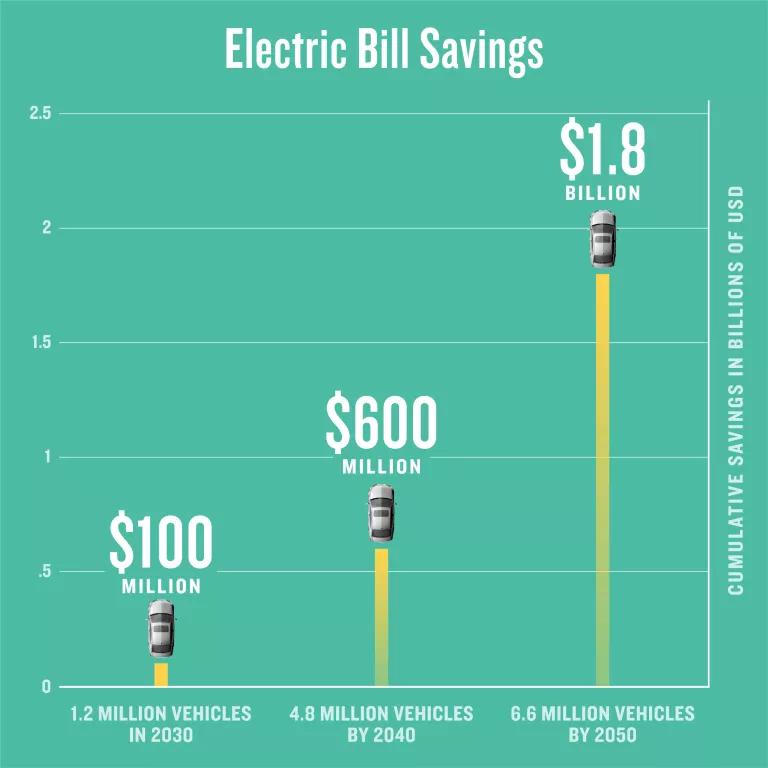
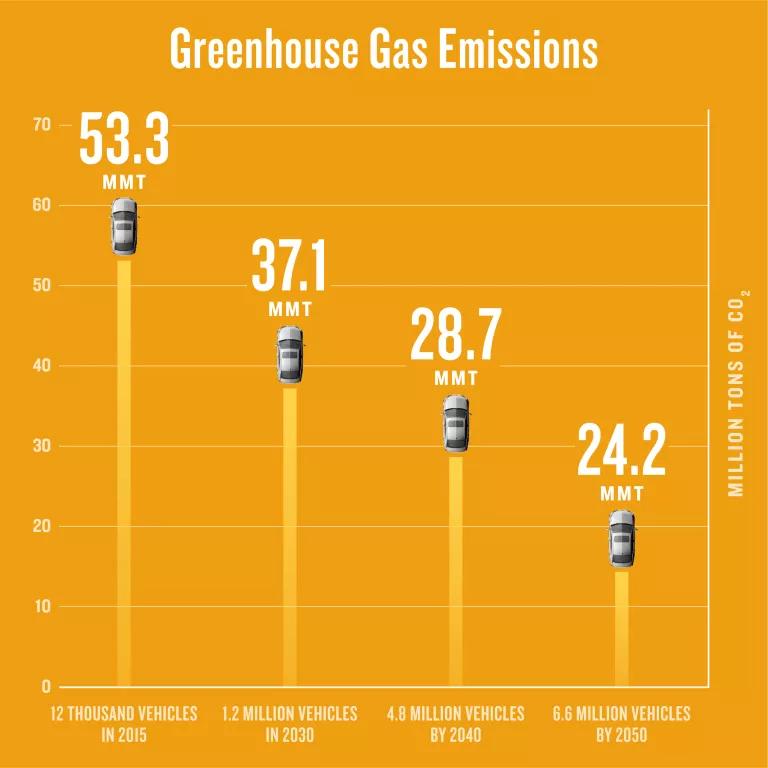
The study also examines how benefits to utility customers increase as EVs plug in during off-peak times when electricity demand drops. The results suggest that when EV drivers have the incentive to charge late in the evening when the grid is less stressed—as opposed to plugging in right after work when everyone’s gadgets are turned on—the monetary benefits to all utility customers increases nearly seven-fold in 2050.
Fortunately, the release of the M.J. Bradley report coincides with the launch of the Illinois Commerce Commission’s (ICC) grid modernization proceeding, NextGrid, that will examine the use of new technologies like EVs to improve the state’s electric grid and provide utility customer value. The ICC has the opportunity to follow the lead of other utility regulatory bodies around the country (here, here, and here, among others) and begin to assess how electric utilities can play a productive role in driving transportation electrification—including buses, trucks, and other vehicles—to the benefit of all Illinoisans.
With mass-market EVs like the Chevy Bolt, Tesla Model 3, and revamped Nissan LEAF, and long-range buses and trucks headed for the streets, now is the time to begin proactively planning for Illinois’s clean transportation future. We are optimistic that NextGrid and the power sector at large will have critical roles in that process. Billions in savings will depend on it.
